
01-07-2018 21:16
 Andreas Gminder
Andreas Gminder
Hello, today I found a small urniform white hairy

27-06-2018 03:17
 David Malloch
David Malloch
Hello,This collection appears to be the same speci

29-06-2018 16:03
Jan KnuimanGrowing on a rotten twig of a broadleaf tree (Sali

28-06-2018 23:23
Hi Forum,I am searching for the following paper:Th

29-06-2018 05:02
Ethan CrensonFrom New York City on a branch of hardwood found o

Hello,
today I found a small urniform white hairy ascomycete of which I have no idea though it has quite striking features.
Biotop was a wet mountain meadow with Carex nigra, Eriophorum vaginatum. The apothecia were on very detoriated pieces of a gras, probably Eriophorum, lying on damp ground
The hairs agglutinate to teeth and form a dentate margin. The margin itself is formed by broadly clubshaped cells
Asci with croziers, appr. 70-75 x 9 µm, porus deep red in Barals (IKI rr 3)
Spores ellipsoid to ciborioid, appr. 9-9,5 x 4 µm, with ususally two to three medium sized oil drops and several more small ones.
Paraphyses filifom.
Can anyone give me a hint?
thank you and best regards,
Andreas

must be a true Pezoloma.
Zotto

Dear Zotto,
thanks a lot.
Pezoloma cilifera is microscopically a perfect hit - are there other species I should compare woth?
best regards,
andreas

Gruß
Zotto

Hallo Zotto,
besten Dank!
Andreas
Very nice species.
I don't have any key for Pezoloma species.
Does somebody can send me one ?
Michel.
michrimbaud@aol.com

There is a key in Garcia & Van Vooren 2005 (here attached), but at that time the generic concept was very heterogeneous and included also Phaeohelotium/Cudoniella.
Zotto
Michel



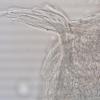
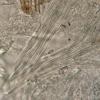
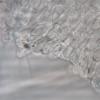
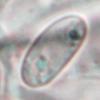
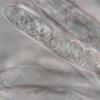
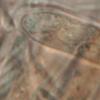
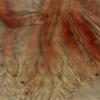
 Garcia-amp-Van-Vooren-Pezoloma-2005-0001.pdf
Garcia-amp-Van-Vooren-Pezoloma-2005-0001.pdf